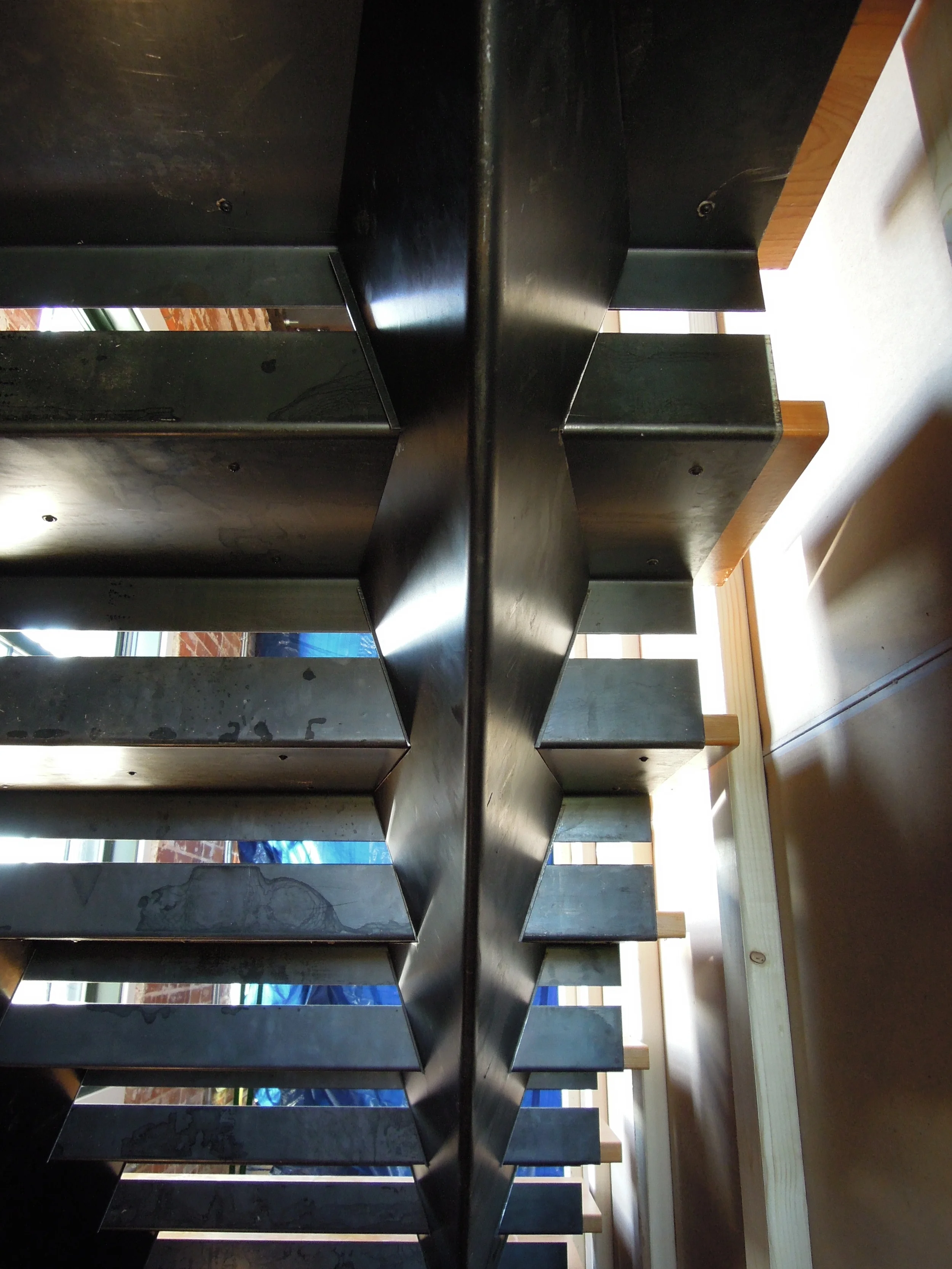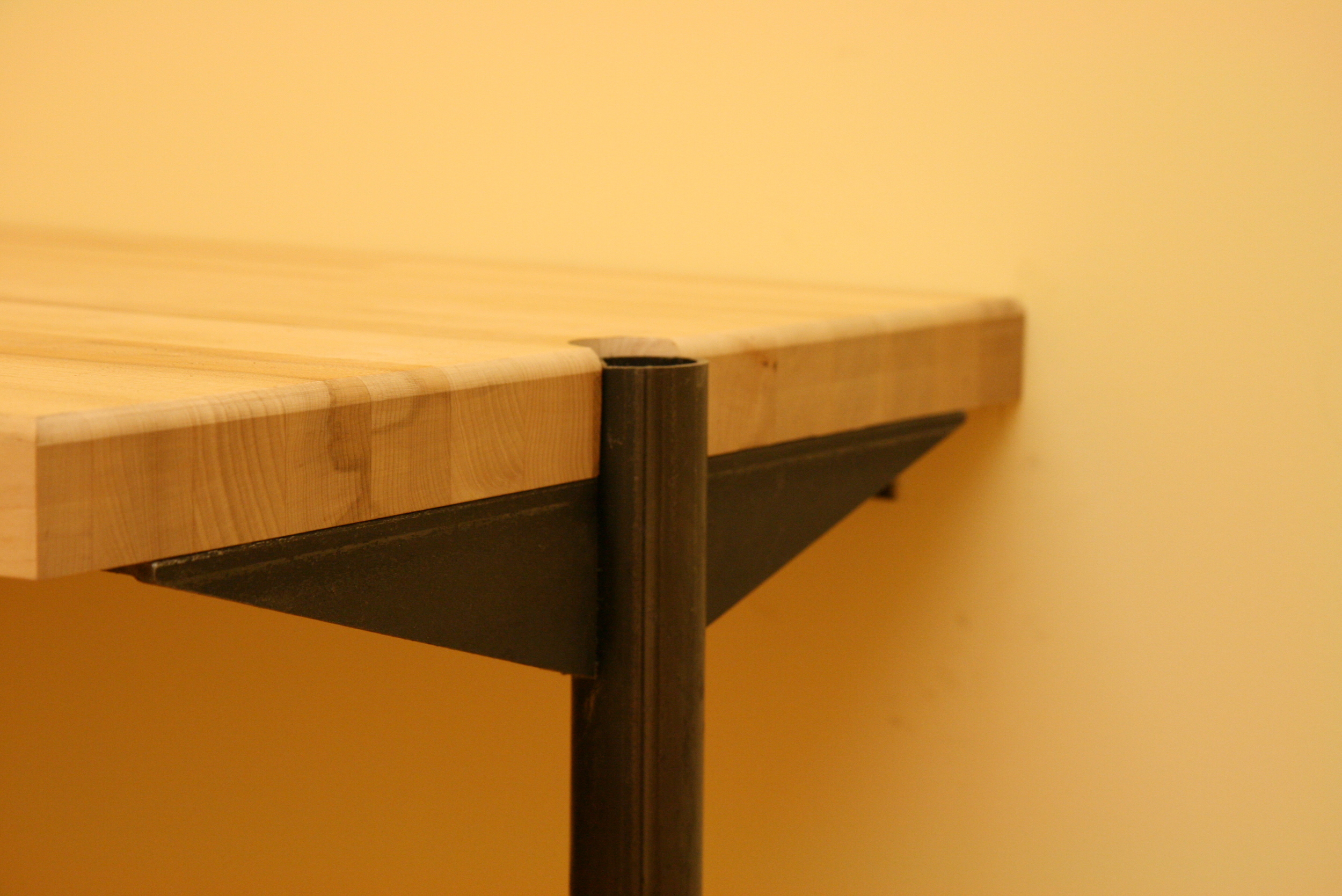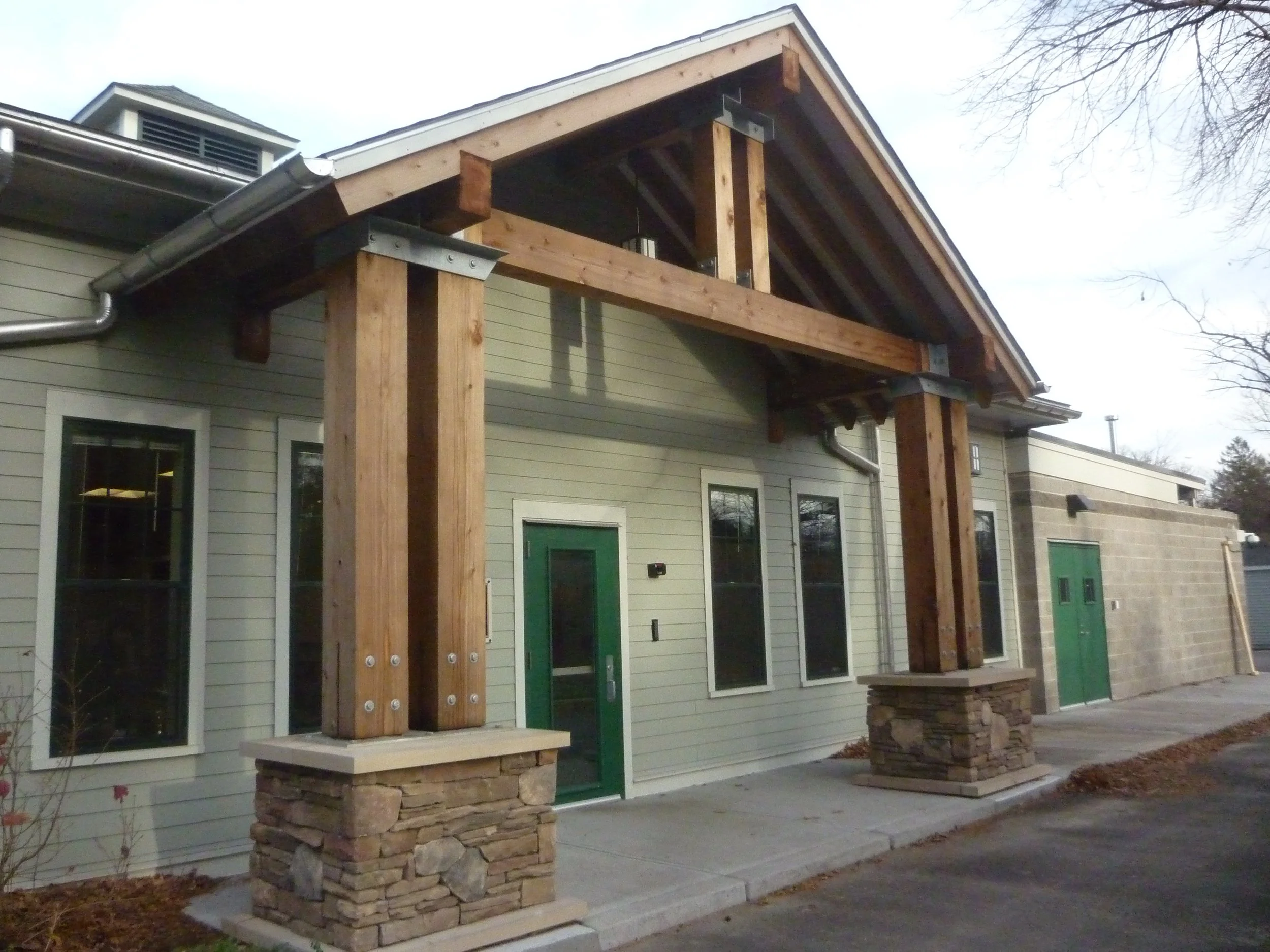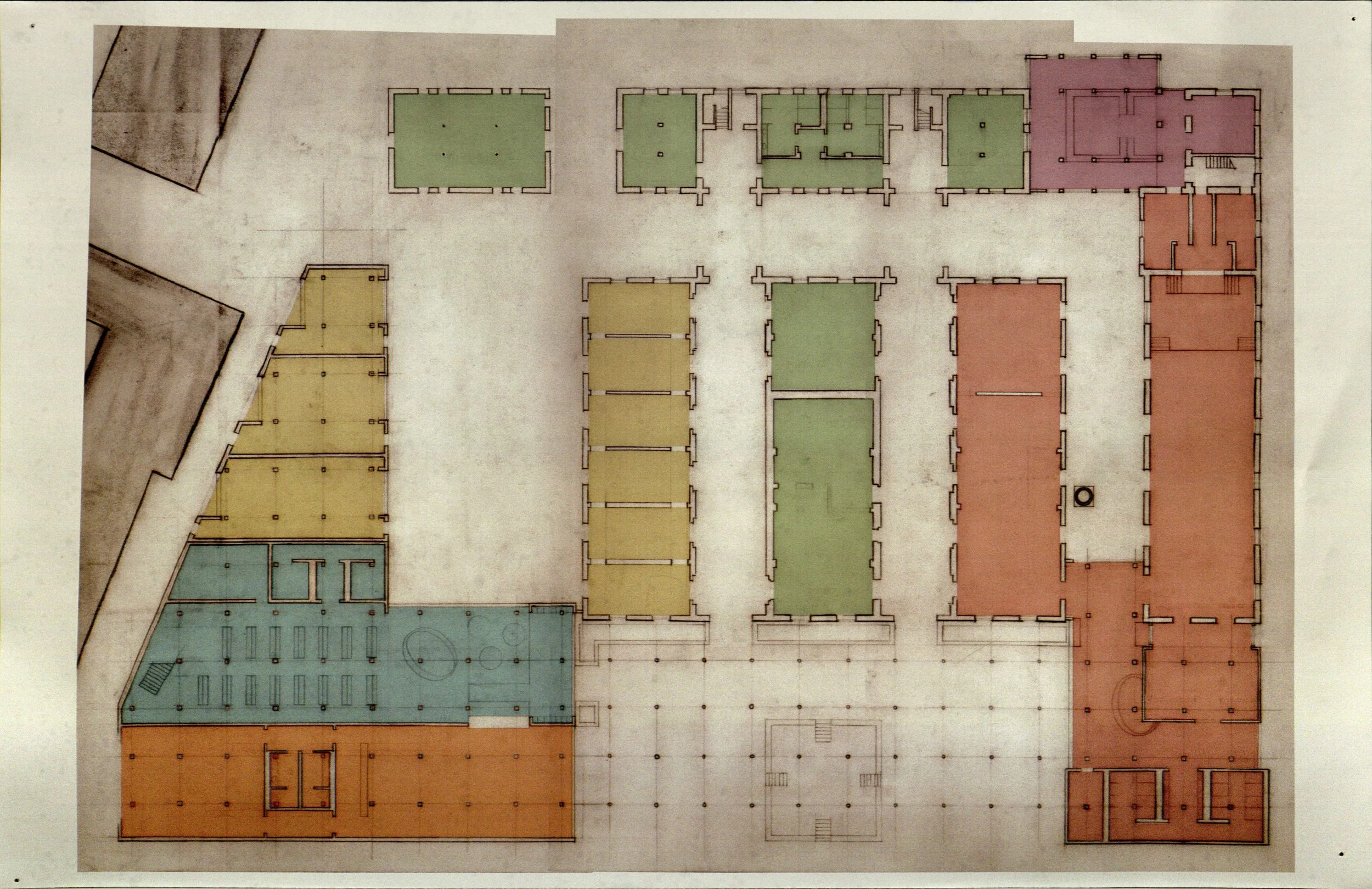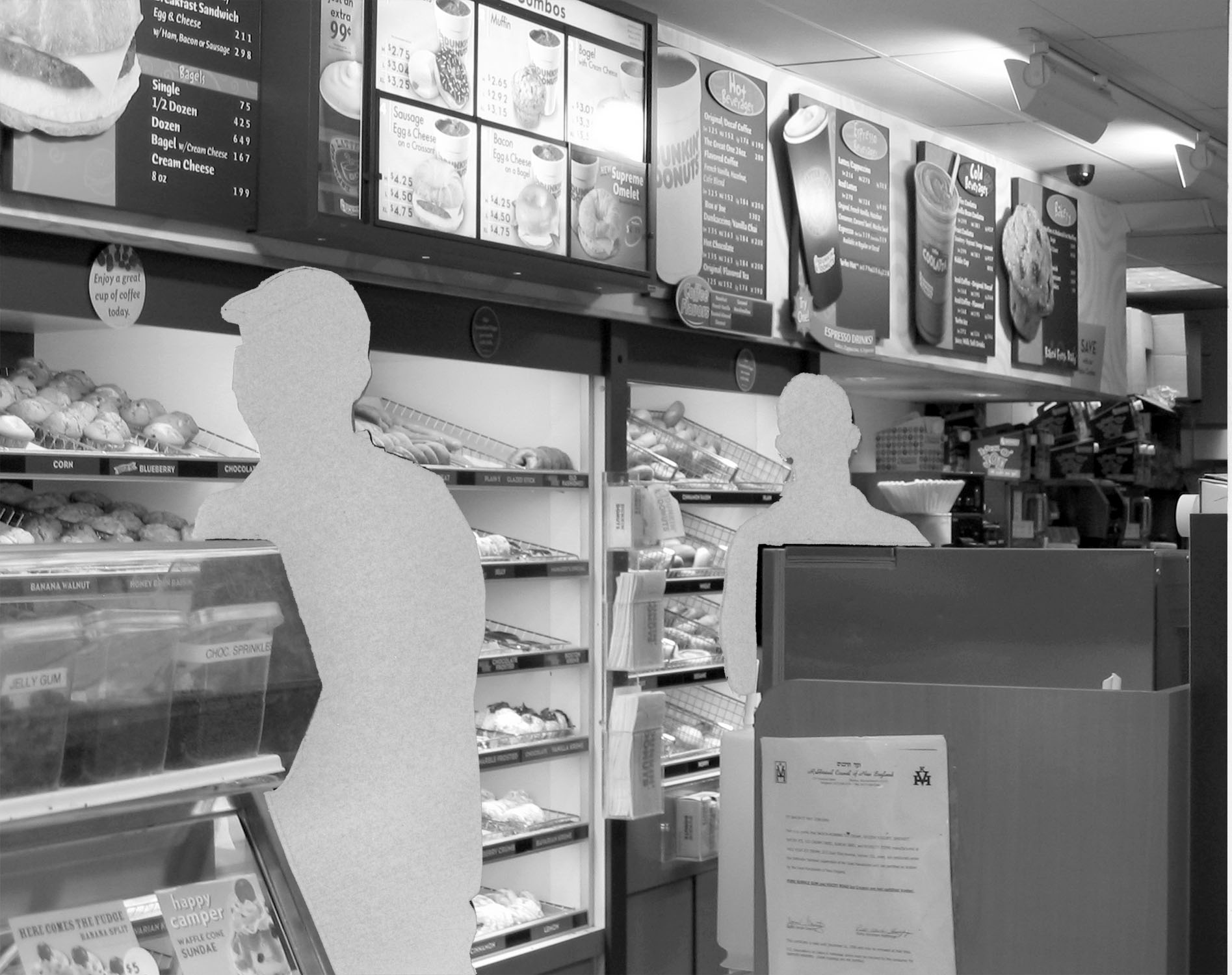Studio: Base Necisities (Spring 2006)
Critic: John Hartman
5th Avenue, Brooklyn: a 5-1/2 mile strip that runs through the neighborhoods of Park Slope, South Slope, Sunset Park, and Bay Ridge. Our studio began with an investigation of this site. We were asked to analyze and familiarize ourselves with the diverse avenue in order to understand the conditions that produce the commercial phenomena of “spaces that are tuned for-profit and optimum performance but are not typically designed.”
I tracked the location of national chains in an environment traditionally occupied by local entrepreneurs. Typically, larger chains are able to afford higher rent and therefore often move in as property values become too high for local business owners. The clusters of chains not only revealed locations of growth and high property value but also revealed the way in which this community’s identity is evolving into a new global culture. Through the vehicle of a local workforce, generalized mass consumerism is given a place in a unique local setting, shaping the memories and experiences of the residents in this part of Brooklyn.
This Chinese take-out is intended to be locally owned and is ideally located towards the north end of 5th avenue in Park Slope. It attempts to gain architectural meaning through the expression of program, use of furniture, and process of assembly. To make the production and consumption of food more efficient, spaces and circulation are divided between specific users and separated into clear zones. The customer and employee have designated entry and exit such that the traffic of one doesn't impede the other. Employee zones are subdivided between food preparation and food distribution areas. Customer zones are subdivided into “sit-in” and “take-away” areas. The kitchen interacts with the customer through the mechanism of the countertop. The countertop is conceived as a continuous form that reaches out to customers; unifying the way in which the sit-in and take-away groups receive food and framing the interaction between clerk and consumer as the event that forms a communal identity. The assembly of the furniture attempts to have an analogous interaction between the materials of wood and steel, capitalizing on the structural strength of steel and the ease of connection in wood.
